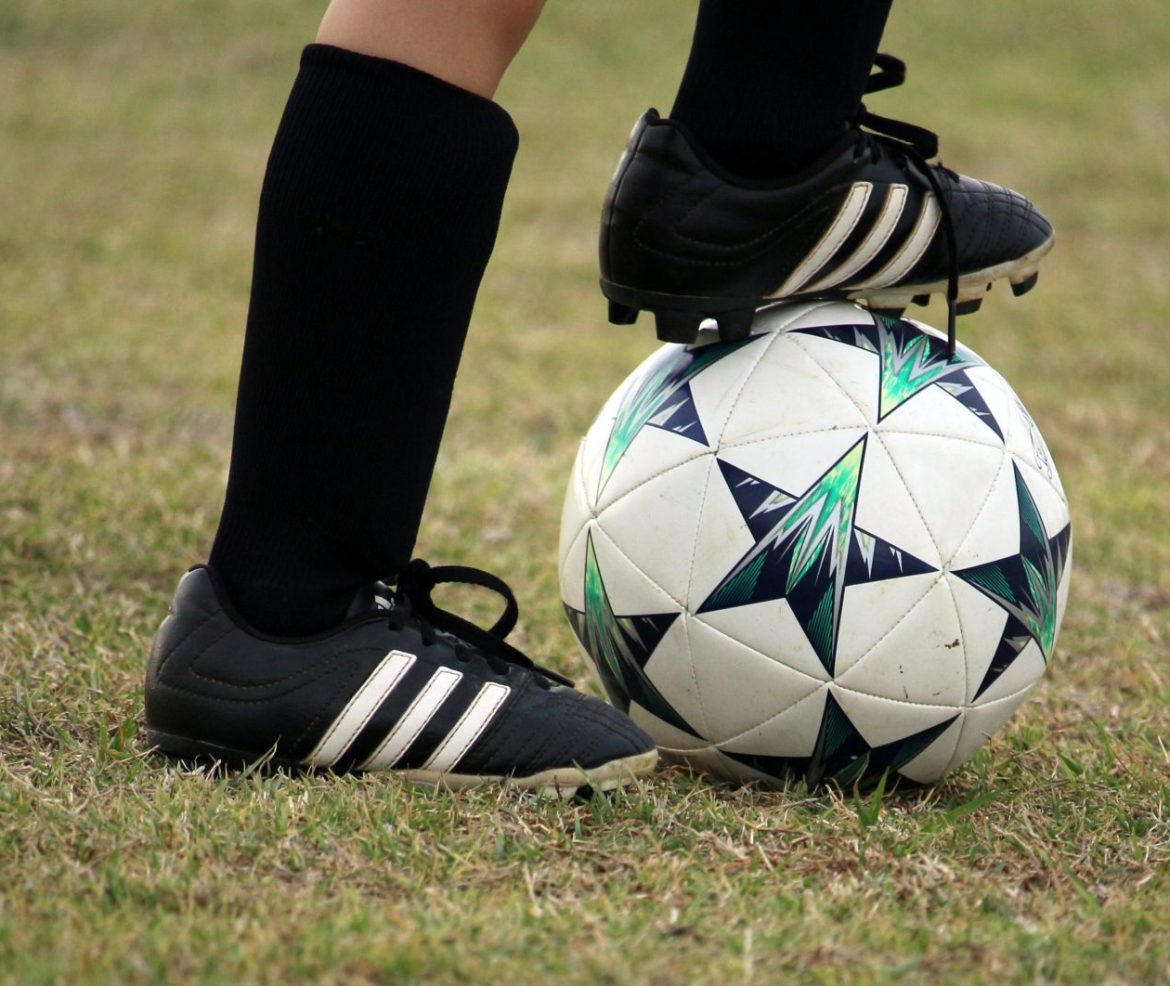How Shin Guards Help Goalkeepers Provide Support and Stability to the Lower Leg Muscles and Tendons
Soccer is a sport that involves a lot of movement and agility. Goalkeepers are especially required to move quickly and dynamically, as they have to change direction, jump, dive, and slide to stop the ball. These movements can put a lot of strain on the lower leg muscles and tendons, such as the calf, the Achilles, and the tibialis anterior.
The lower leg muscles and tendons are responsible for flexing and extending the foot and ankle. They also help stabilize the lower leg and prevent it from twisting or rolling. If these muscles and tendons are overworked or injured, they can cause pain, stiffness, swelling, and weakness in the lower leg. They can also affect a goalkeeper’s mobility, stability, and performance.
To protect themselves from these injuries, goalkeepers wear shin guards. Shin guards are protective equipment that cover the shin bone and the ankle bone. They have a hard shell or padding that can provide support and stability to the lower leg muscles and tendons by compressing them and keeping them in place. This can reduce the risk of muscle fatigue, cramps, strains, and tears.
Shin guards also help goalkeepers by enhancing their confidence and performance. By wearing shin guards, goalkeepers can feel more secure and fearless when diving and sliding to stop the ball. They can also focus more on their technique and strategy, rather than worrying about getting hurt.
Shin guards are an essential part of a goalkeeper’s gear. They come in different sizes, shapes, materials, and designs. Some factors to consider when choosing shin guards for a goalkeeper are:
- Fit: The shin guards should fit snugly and comfortably around the lower leg, without restricting movement or blood circulation. They should also cover the entire shin bone and extend to the ankle bone.
- Protection: The shin guards should have a hard shell or padding that can provide support and stability to the lower leg muscles and tendons by compressing them and keeping them in place. They should also have straps or sleeves that secure them in place and prevent them from sliding or twisting.
- Comfort: The shin guards should be lightweight, breathable, and moisture-wicking to prevent overheating and irritation. They should also be easy to clean and maintain.
Shin guards are a vital part of a goalkeeper’s gear. They can help prevent injuries and improve performance on the field. A goalkeeper should always wear shin guards that fit well, offer adequate protection, and feel comfortable.
